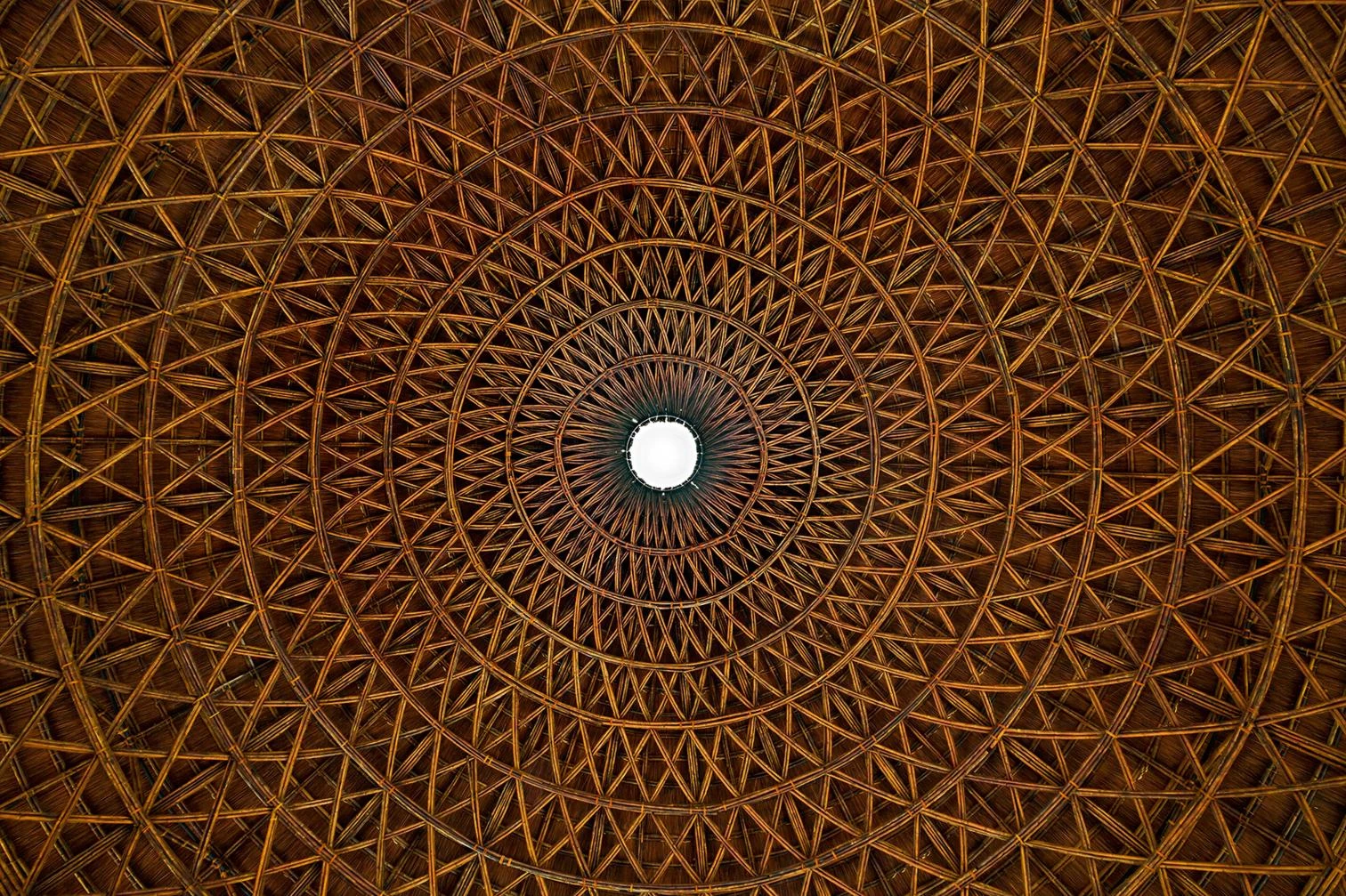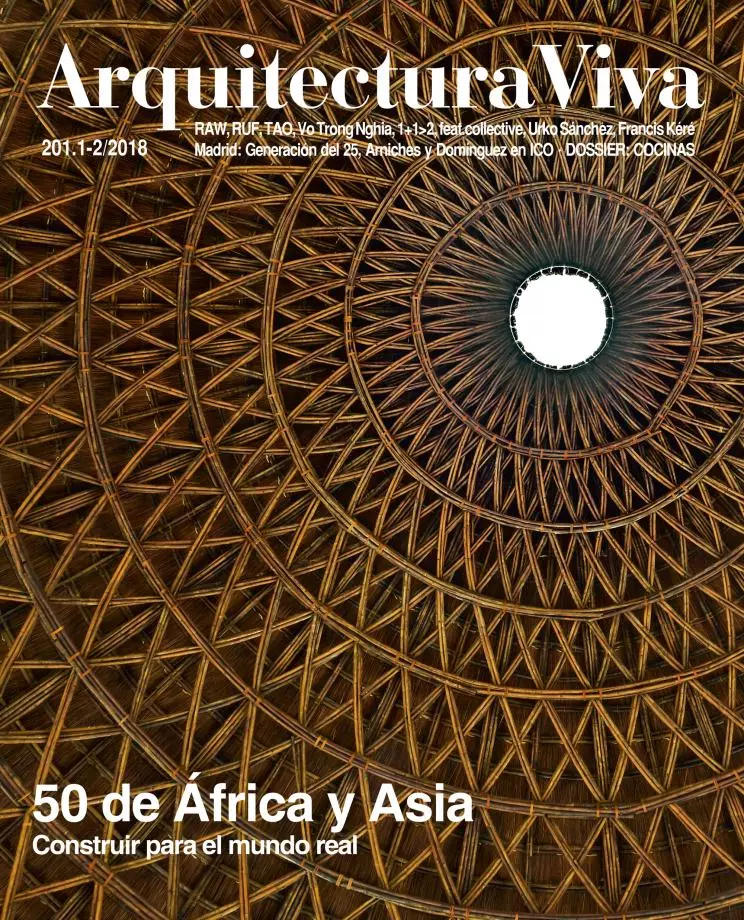
Designed architecture should not be mixed up with ‘design’ architecture. Here we borrow the title from Victor Papanek to introduce the work of fifty studios from Africa and Asia that design for the real world. The sometimes precarious conditions, the often rural locations, and the social demands that are at the root of many of the works force using materials and techniques with practical intelligence, and this formal and constructive streaming gives their works a pedagogical beauty. If necessity is the mother of invention, it also encourages recovering the timeless wisdom of the vernacular, and this return to origins brings principles from which we can learn, freeing ourselves from the dispensable foliage of consumer design and the aestheticization of unnecessary construction. This journey to the origins is not a visit to the exotism of the primitive, but a trip to the genuine sources of design.
The architect Victor Papanek, who died twenty years ago, pursued these essential certainties in a fishing village in Norway or at a rural school in Indonesia, to end up designing a radio that uses a can as casing or a water pump made with recycled tires, products of minimum cost and maximum use inspired by the collective intelligence of the cultures of scarcity. Originally from Vienna, but trained at the Cooper Union and the MIT, Papanek spent long periods with Eskimos, Navajos, or Balinese, and these experiences inspire Design for the Real World: Human Ecology and Social Change, a book introduced by his friend Buckminster Fuller that was translated into twenty-three languages. Published first in Sweden in 1970, it became a cult book when released in English in 1971, and that edition was used for the Spanish one, which I published with Hermann Blume in 1977.
Papanek’s career has points in common with that of another Austro-Hungarian Jew, belonging to a previous generation but equally forced into exile by Nazi barbarism, the architect and designer Bernard Rudofsky, who would also end up in the United States and would share his interest in the anthropological and the vernacular. His shows at the MoMA, from Are Clothes Modern? in 1944 to the mythical Architecture Without Architects in 1964, brought him much popularity, and his defense of the elegance and efficiency of timeless design were particularly well received in the Scandinavian and Japanese contexts, the same ones that inspired Papanek. Both writers and professors, they designed for the real world, leaving an intellectual, ethical, and artistic heritage that deserves to be remembered in the presentation of this choral monograph of authors from remote geographies but close interests





